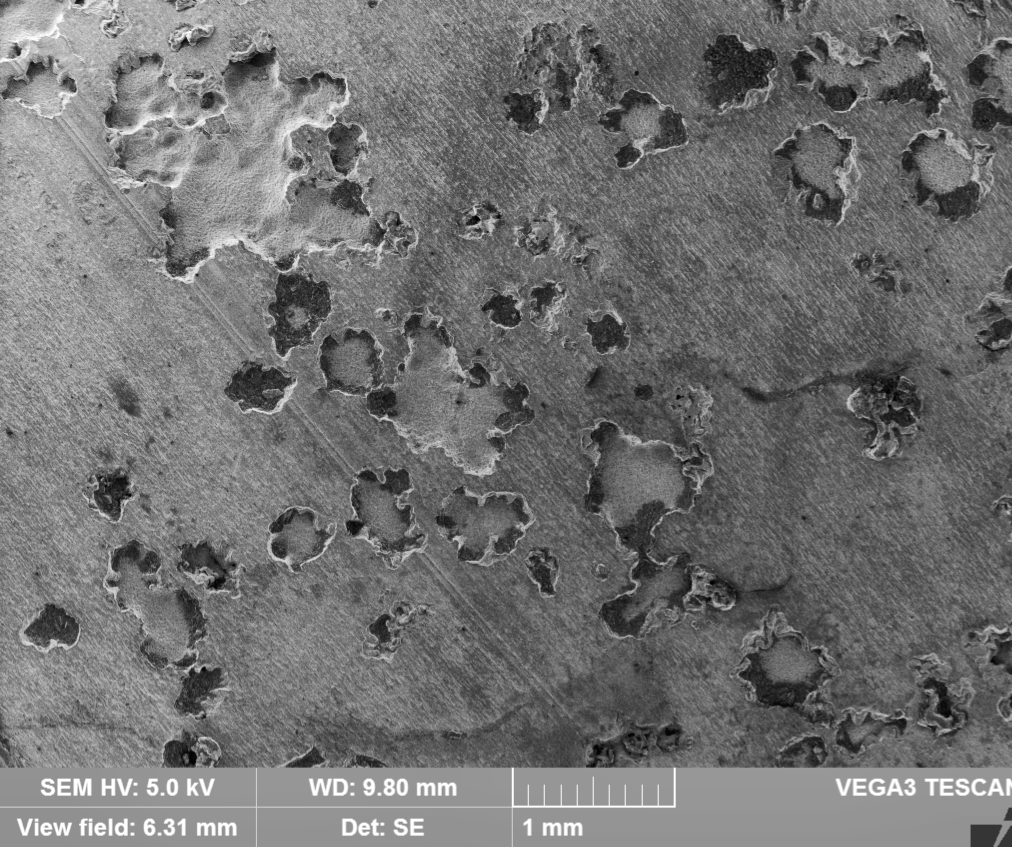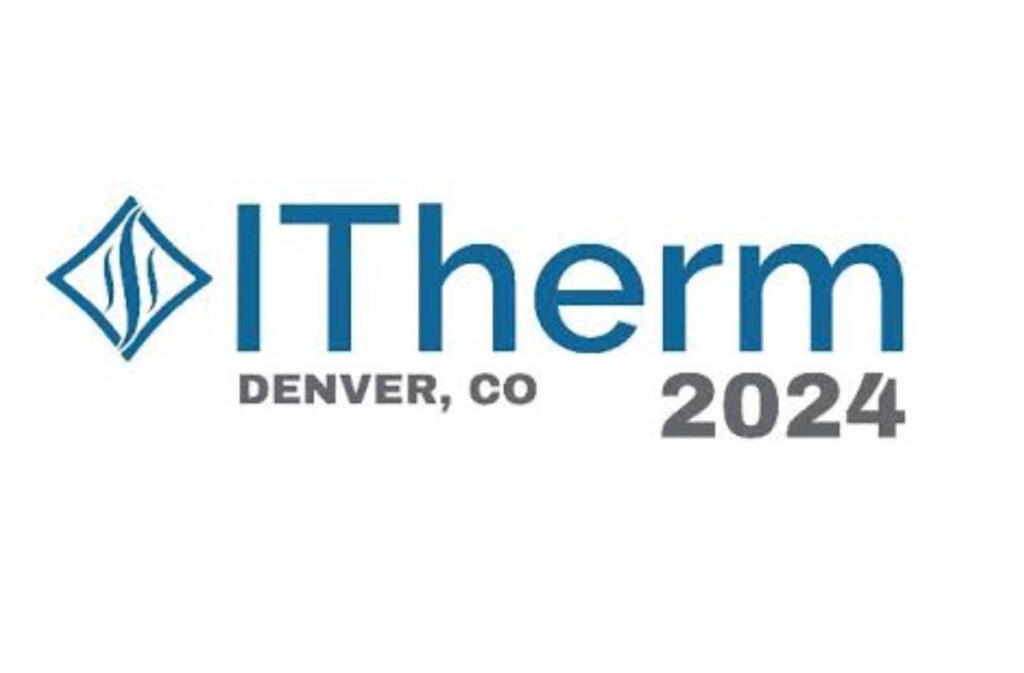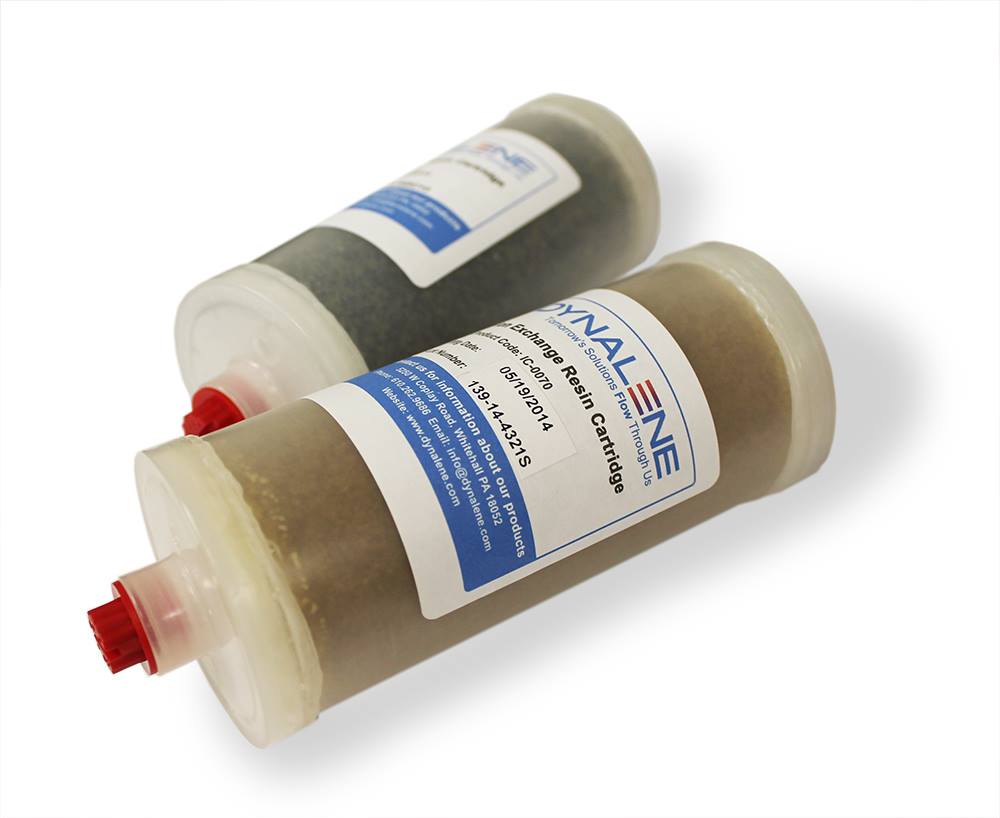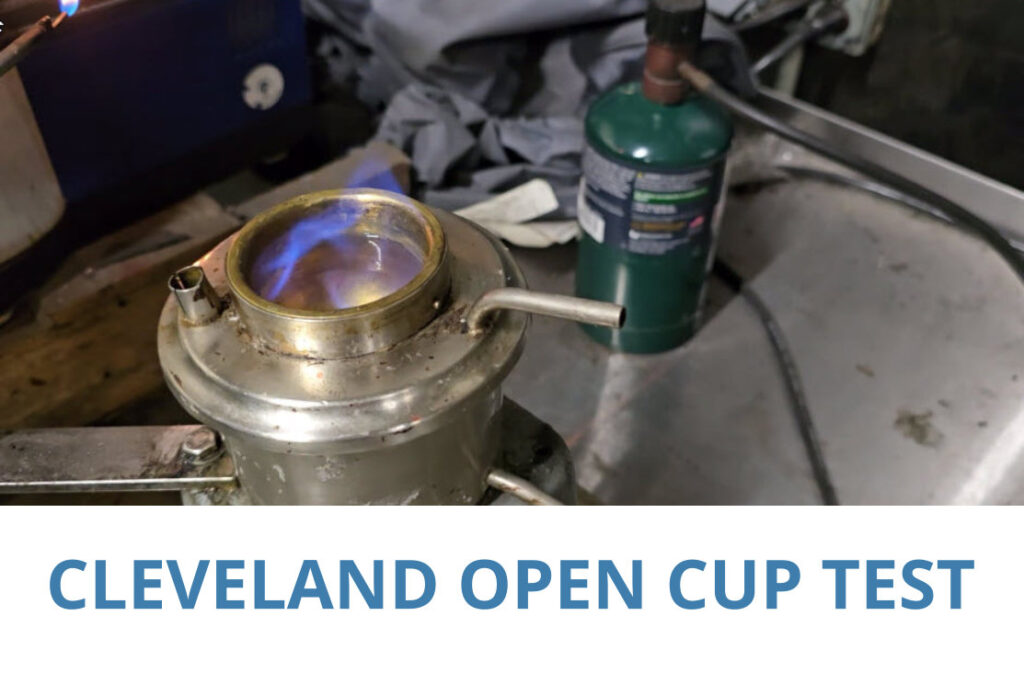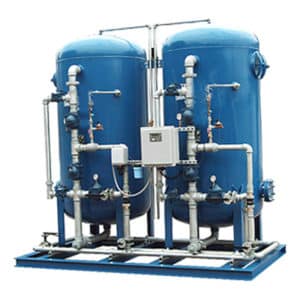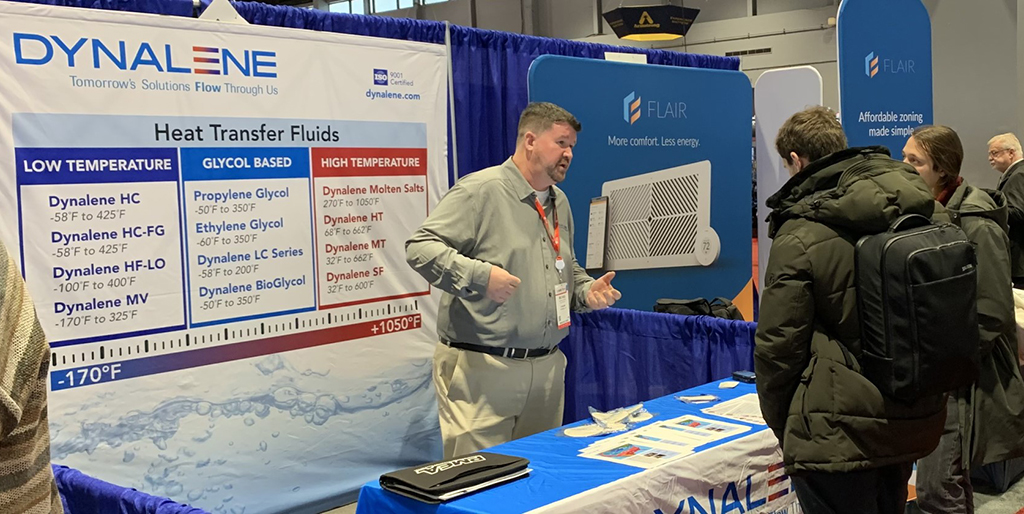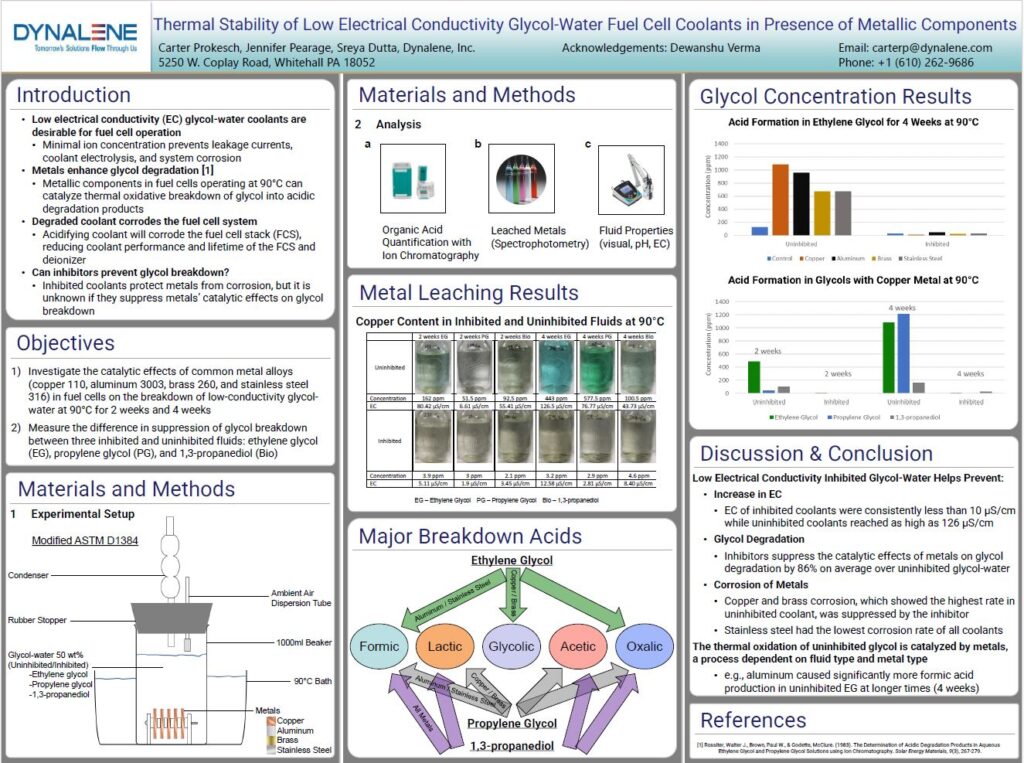Immersion Coolants for Data Centers: Selection Criteria
There are many types of coolants used for immersion cooling of IT equipment in data centers. These coolants can be hydrocarbon-based, esters (natural or synthetic) or fluorocarbons. Depending on their properties, they may be used in single-phase immersion or two-phase immersion. This article will discuss the main property considerations for coolants used in data center immersion cooling and provide a useful comparison of each chemistry to aid in fluid selection.
Immersion Coolants for Data Centers: Selection Criteria Read More »


